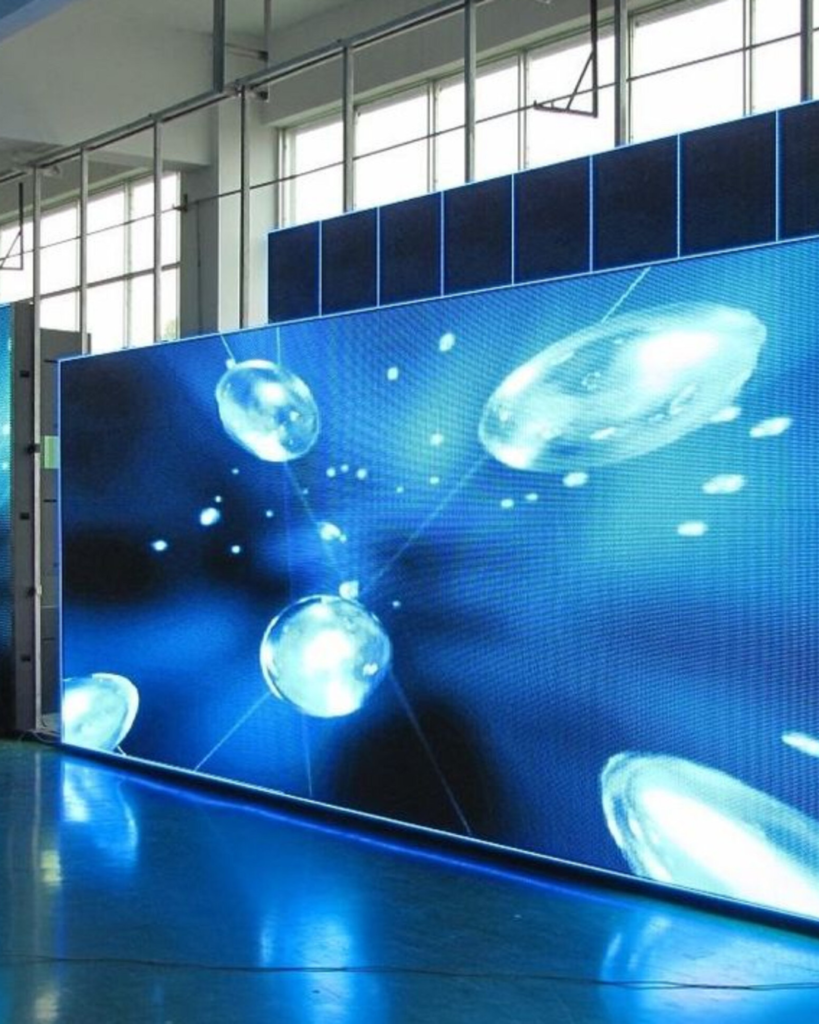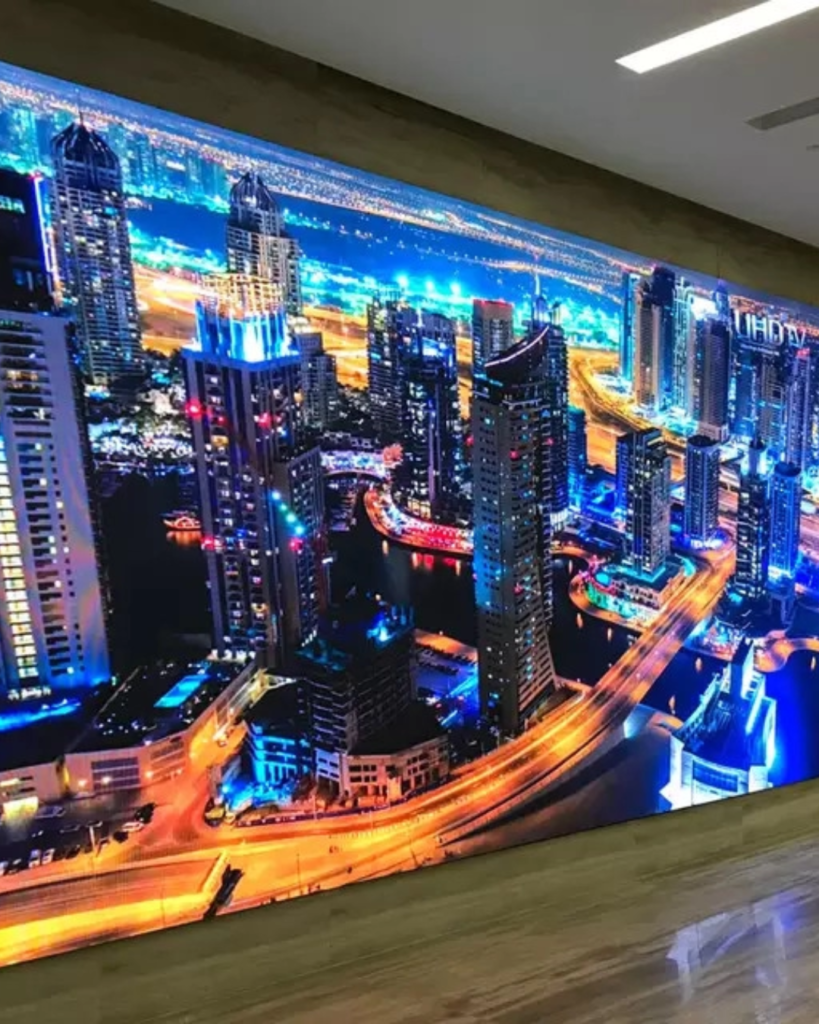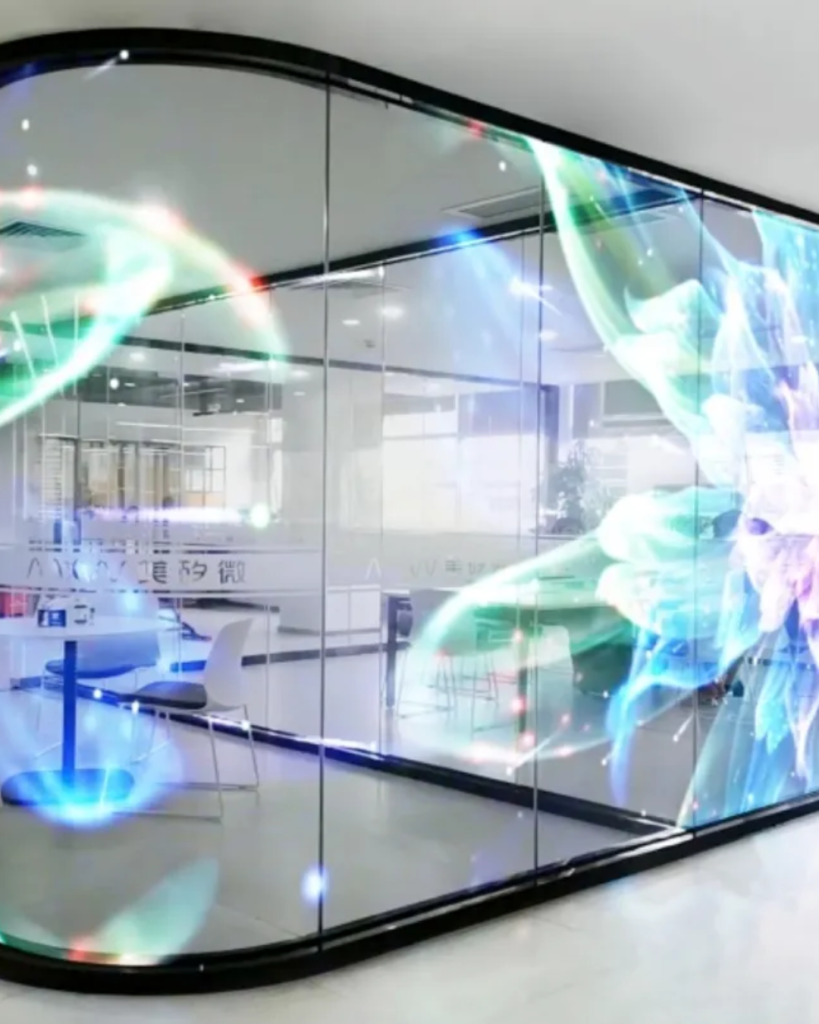
LED screens for rental have become an essential component in various events and venues, providing dynamic visual displays that enhance presentations, performances, and gatherings. Their versatility, high-quality visuals, and ability to adapt to different environments make them a popular choice for businesses, event planners, and entertainers. This comprehensive guide will explore the types of LED screens available for rental, their applications, features, and considerations for choosing the right screen for your event.
We are Providing Different Types of LED Screens for Rental
Indoor LED Screens:
- Indoor LED screens are designed for environments such as conference rooms, exhibition halls, and theaters. They typically feature higher pixel density for sharper images and better color reproduction. These screens are ideal for presentations, trade shows, and corporate events.
Outdoor LED Screens:
- Built to withstand weather conditions, outdoor LED screens are larger and brighter than indoor models, ensuring visibility even in direct sunlight. They are commonly used for concerts, festivals, sports events, and promotional displays.
LED Video Walls:
- Composed of multiple LED panels, video walls create a large, seamless display that can show a single image or multiple feeds. They are perfect for conferences, concerts, and large events where impactful visuals are required.
Mobile LED Screens:
- These portable screens are mounted on trailers or stands, making them easy to transport and set up at various locations. Mobile LED screens are popular for outdoor events, parades, and festivals.
Transparent LED Screens:
- Transparent LED screens allow light to pass through, making them ideal for creative displays that don’t obstruct views. They are often used in retail settings or as backdrops for events, blending seamlessly with the environment.
Applications of LED Screens for Rental
Corporate Events:
- LED screens enhance presentations, product launches, and conferences by providing clear visuals, slideshows, and live feeds. They help convey information effectively and engage attendees.
Concerts and Festivals:
- In the entertainment industry, LED screens are crucial for live performances, allowing performers to connect with audiences through vibrant visuals, animations, and video clips.
Weddings and Celebrations:
- Many couples opt for LED screens at weddings to showcase photo slideshows, live streams, or video messages from loved ones who couldn’t attend.
Sports Events:
- LED screens are commonly used in stadiums and arenas to display live game footage, scores, and advertisements, enhancing the overall spectator experience.
Trade Shows and Exhibitions:
- Businesses use LED screens to attract attention to their booths, displaying product information, promotional videos, or interactive content to engage potential customers.
Features of LED Screens
High Resolution:
- LED screens offer varying resolutions, with higher pixel densities providing sharper images and better detail. This is crucial for applications requiring close viewing, such as indoor presentations.
Brightness and Contrast:
- Outdoor LED screens are designed with high brightness levels, ensuring visibility in sunlight. Additionally, good contrast ratios enhance color reproduction, making visuals more vibrant and engaging.
Customization:
- Many rental companies offer customization options, allowing clients to choose specific sizes, shapes, and configurations for their LED screens to suit their event requirements.
Interactive Capabilities:
- Some LED screens can be equipped with touch or motion sensors, enabling interactive displays that engage audiences and encourage participation.
Considerations for Renting LED Screens
Event Type and Venue:
- Determine the nature of the event and the venue size to select the appropriate screen type and size. For large outdoor events, brighter, larger screens are necessary.
Viewing Distance:
- Consider how far the audience will be from the screen. Larger screens with lower pixel densities can be used for distant viewing, while smaller screens with higher pixel densities are better for close-up viewing.
Power Requirements:
- LED screens require electricity, so it’s essential to ensure the venue has adequate power supply and backup options to avoid disruptions during the event.
Setup and Support:
- Inquire about setup and technical support from the rental company. Having experienced technicians on-site can help troubleshoot any issues that may arise during the event.
Tips for Successful LED Screen Rental
Early Booking:
- LED screens are in high demand, especially during peak event seasons. Book early to secure the desired equipment and avoid last-minute hassles.
Test the Equipment:
- Arrange for a test run before the event to ensure the screen is functioning correctly and meets your expectations. This is also an opportunity to adjust settings for optimal performance.
Integrate with Other Technologies:
- Consider how the LED screen will integrate with other technology, such as sound systems, cameras, and lighting. A cohesive tech setup enhances the overall event experience.
Promote Engagement:
- Use the LED screen to promote audience engagement, such as live polls, social media feeds, or interactive content that encourages participation.









